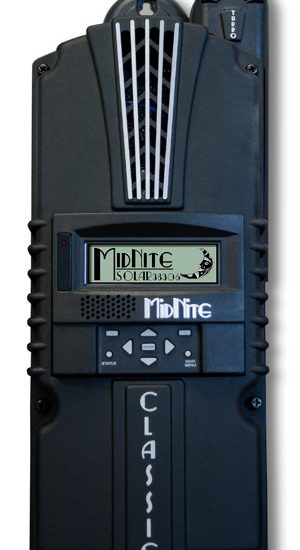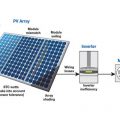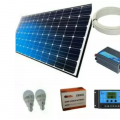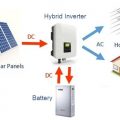- September 26, 2020
- Posted by: tech newsAfrica
- Category: Alternative Energy- Solar and Inverter, Blog, Others, Technologies

How to choose the perfect charge controller
Choosing the perfect sizing of a charge controller is of great benefit to the installation of your solar system, because the getting the wrong size may lead to problems upon problems in your design and which may lead to lost of property, money and trust, hence choosing the perfect charge controller is of great benefits, therefore, in this article, we are going to be discussing how to choose the perfect charge controller.
Now What is the most important factor in choosing the perfect solar charge controller for your project?
When picking a controller there are a few steps that you must follow to make
sure that you get the right controller for the job. The best thing that you can do is to use
the manufacturer’s sizing tools that are offered on their web sites.
The most important job of all solar charge controllers is to properly charge the batteries and to give them as long a life as possible. There are two types of charge controllers:
- Pulse width modulation (PWM)
- Maximum power point tracking (MPPT)
The difference between these two types of controllers is that the PWM is not as efficient the MPPT. The MPPT is the most common these days and can gain you up to 30% more power than the PWM controllers. The MPPT controllers also allow the strings of panels to be connected in series for higher voltages, keeping the amperage lower and the wire size smaller, especially for long-wire runs to the PV array.
When picking a charge controller there are a few steps that you must follow to make sure that you get the right controller for the job. The best thing that you can do is to use the manufacturer’s sizing tools that are offered on their web sites. The other option is to give the manufacturer a call — their salespeople will usually be happy to help you to pick the best controller.
If you need to make some quick calculations, the following information will be needed to manually figure out the amperage of the controller needed:
- The wattage of the solar array
- The battery-bank voltage (12, 24, or 48). Typical bank voltage because inverters are offered in these voltages.
- Now Ohm’s Law comes into play: Amps x Volts = Watts
Example: 3,000-watt array/48-volt battery bank = 62.5 amps, so you would need a controller capable of 62.5 amps. Most controllers out there are either 60, 80 or 96 amps so you would pick the controller with the next higher rating. In this case, it would be the 80 amp controller.
Now if you know the amperage of the controller, and you would like to figure out how the maximum solar array wattage that can go into the controller, you would also use Ohm’s law:
Example: 80 amp controller x 48 volt battery bank = 3,840 watts of solar panels. Note that most of the controllers will allow a bit more wattage to go into the controllers. This is where the sizing tools or a call to the manufacture can help out.
The next thing that you must ensure is that we do not exceed the input voltage the controller can take. Again the manufacturer will dictate what the input voltage should be included in the design. Temperature and open-circuit voltages have to be considered. Since PV open-circuit voltage (Voc) goes higher as temperature drops, you will need to make sure the controller’s input voltage ratings can handle this in the cold of winter. Manufacturer’s sizing tools will give you the best design for the controllers.
There are many makes and models of charge controllers available, but it’s best to get the most options for the best price. The following is a list of features available on charge controllers — but not all controllers. The best will offer every option.
- 150,200,250,600 V
- Manual and auto EQ
- Built in GFP and arc fault
- Online status monitoring
- Hyper VOC extend VOC limits
- 12-72 volt battery charging
- Solar, wind and hydro MPPT modes
Disclaimer: We cannot provide advice on your specific project needs. Please reach out to charge controller manufacturers for more information, or assist each other in our comment section, below.





